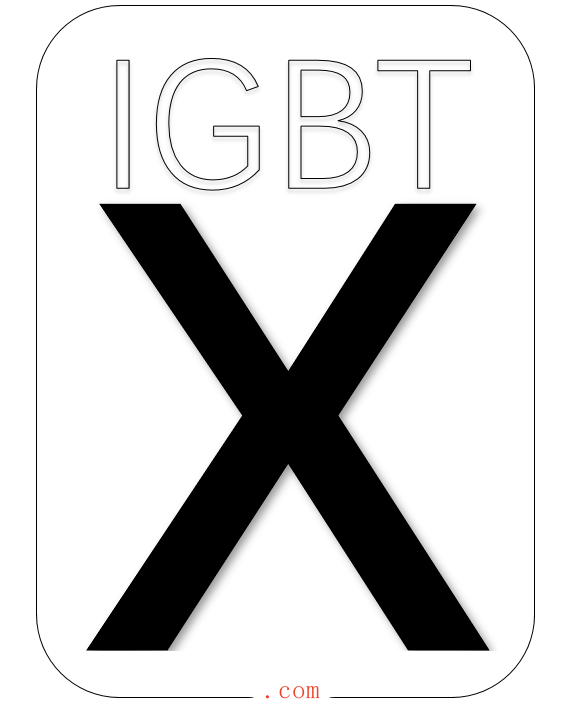Types and uses of thyristors
A thyristor, also known as a thyristor or thyristor, is a power type semiconductor device with three PN junctions. Because it can control current like a gate, it is called a "thyristor". Thyristor is one of the most commonly used power semiconductor control devices with a wide range of applications.
Types and uses of thyristors
Controllable silicon is a silicon single crystal material double PN junction three terminal component, characterized by unidirectional conductivity; Voltage and current can be controlled during conduction; Control high-power loads with small drivers (milliampere level). Due to its characteristics, it is highly favored and commonly used in controllable rectification, inverters, contactless switches, AC voltage regulation, and other fields. In addition to ordinary thyristors, various types of thyristors have been derived for different usage requirements.
Ordinary thyristor
1. Switchable thyristor KG
A regular thyristor loses its function when a positive trigger signal is applied to the control electrode G. To turn off the regular thyristor, the positive voltage between the anode A and cathode K must be zero or a negative voltage must be applied. The switchable thyristor can effectively turn off as long as a sufficiently large and wide negative trigger current is applied to the control electrode G.
Usage: Generally used in chopper speed regulation, variable frequency speed regulation, inverter power supply, and DC control circuits, such as power on/off of DC loads (relay coils, solenoid valves, electromagnetic clutches, DC motors), car igniters, etc.
2. Bidirectional thyristor KS
If a negative voltage is applied to the anode A and cathode K of a regular thyristor, even if a positive trigger signal is applied to the control electrode G, the regular thyristor will not conduct. However, bidirectional thyristors can conduct. To turn off the bidirectional thyristor, the voltage between anode A and cathode K must be zero.
Usage: Generally used in AC/DC control circuits, such as voltage regulators; Inverter; AC/DC load switches, etc
3. Reverse conducting thyristor KN (also known as reverse conducting thyristor)
In certain applications such as inverters and choppers, it is required to connect the anode A and cathode K terminals of a thyristor in parallel with a reverse diode. Based on this requirement, a reverse conducting thyristor is integrated with the reverse diode on a silicon wafer material. Therefore, reverse conducting thyristors have controllable forward conduction, natural reverse conduction, and the ability to pass large currents uncontrollably; Capable of withstanding high pressure and high temperature; Features such as short shutdown time and low on state voltage, etc.
Usage: Generally used for switching power supplies; UPS uninterruptible power supply; On high voltage and high-power loads. Like the power source of rail transit.
4. Quick controllable silicon KK
Due to the requirement for fast response and on-off function of thyristors in certain application fields, fast thyristors are made on the basis of ordinary thyristors by changing the manufacturing process, which greatly shortens the turn-on and turn off time of thyristors, with an turn-on time of about 8 μ s; The shutdown time is around 50 μ s. The commutation time of the main circuit is less than 60ms, and the operating frequency has also been increased to several thousand Hz.
Usage: Commonly used for UPS uninterruptible power supply; Three phase variable frequency power supply; Medium frequency power supply; Ultrasonic power supply; Inverter, chopper; Fast switch, pulse width modulator, multi harmonic oscillator, etc
5. Light controlled thyristor
Light controlled thyristor can be excited to conduct using a light source; It can also be a thyristor that conducts by triggering a signal from the control electrode G, similar to a regular thyristor. It has two terminals (without the control electrode G) and three terminals in structure. Light control refers to the complete electrical insulation between its main circuit and control circuit.
Usage: Generally used to make optocouplers; External terminals in the automatic control system (such as monitoring, logic control input/output, etc.); High voltage direct current transmission circuits, etc.



